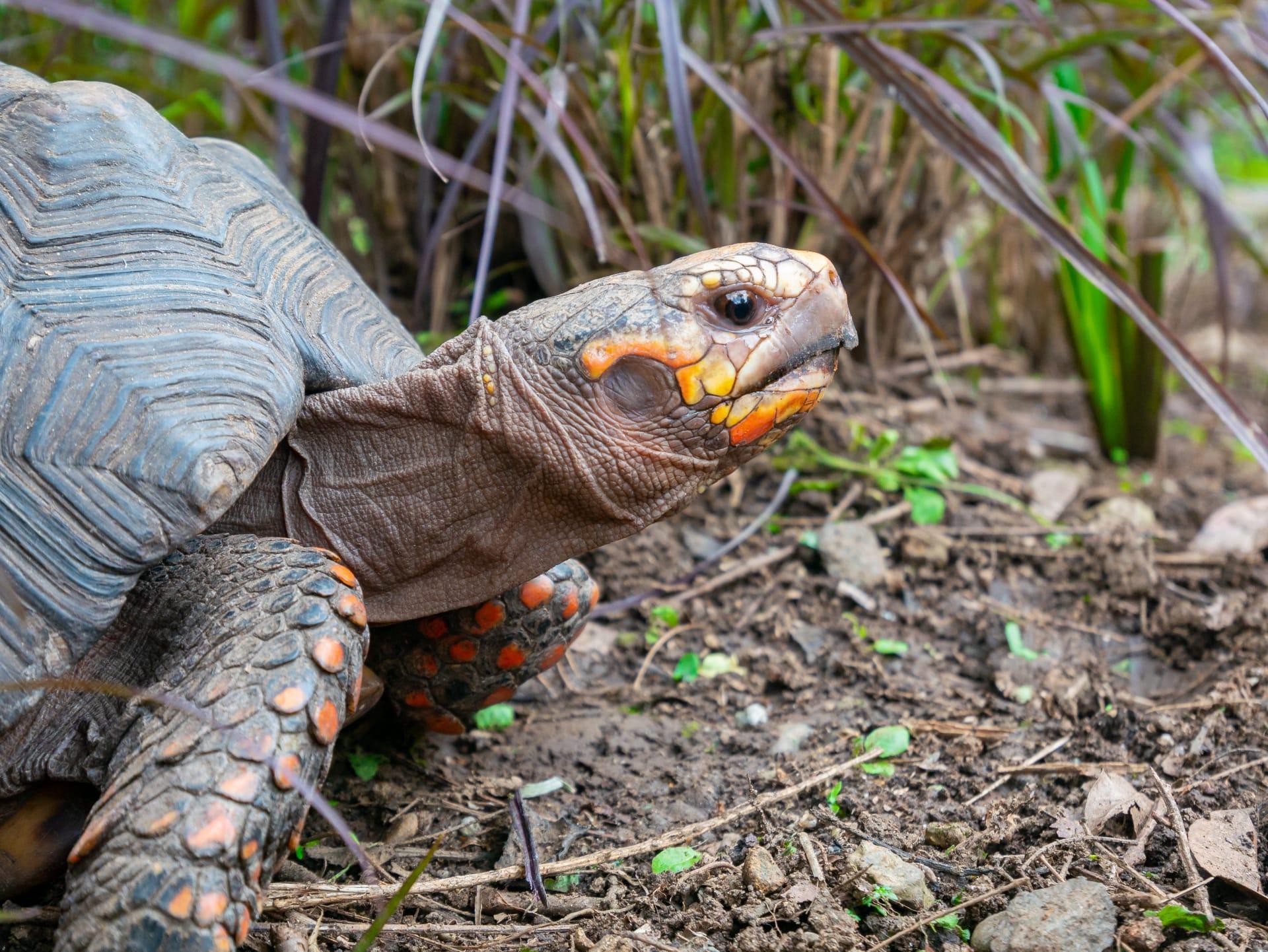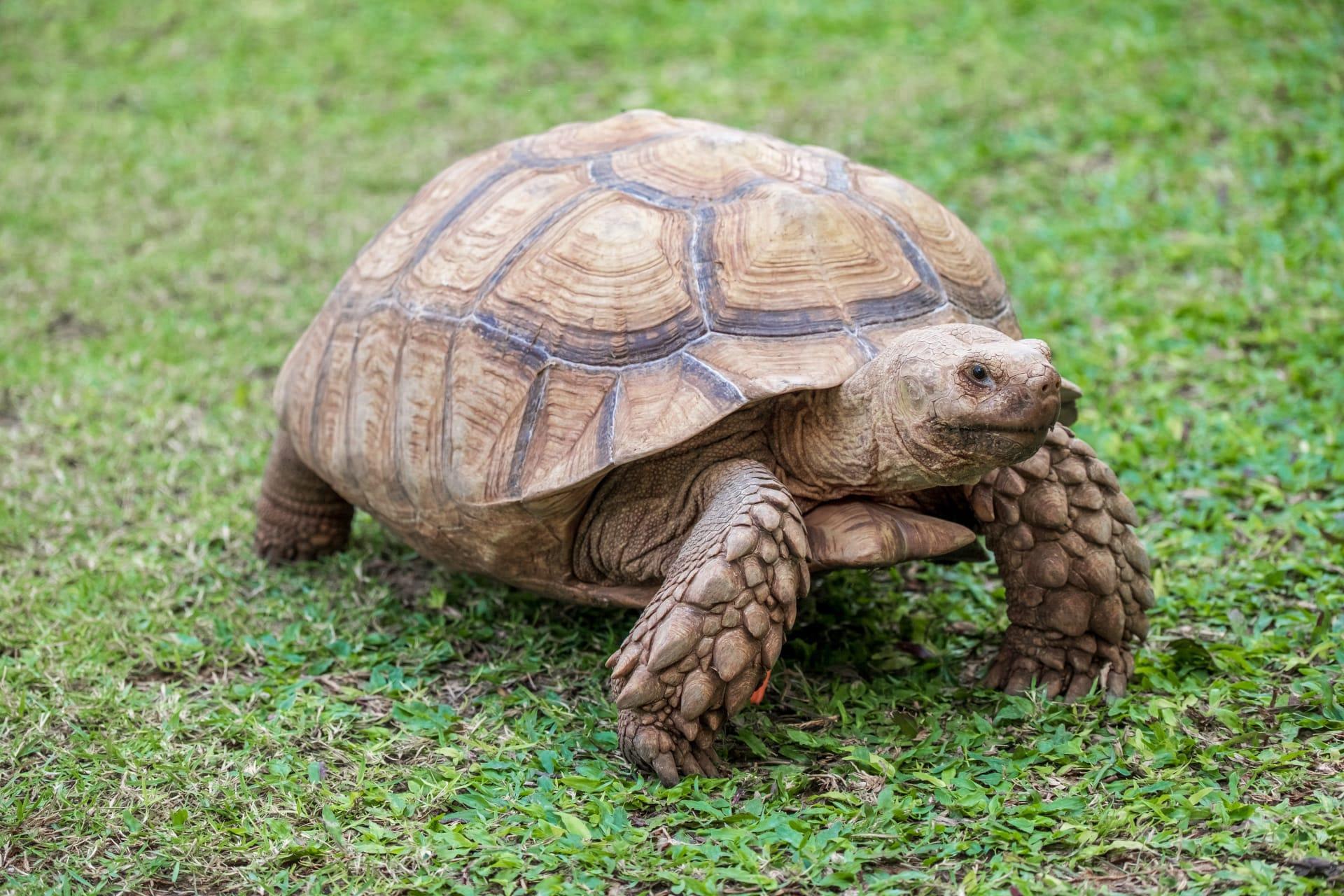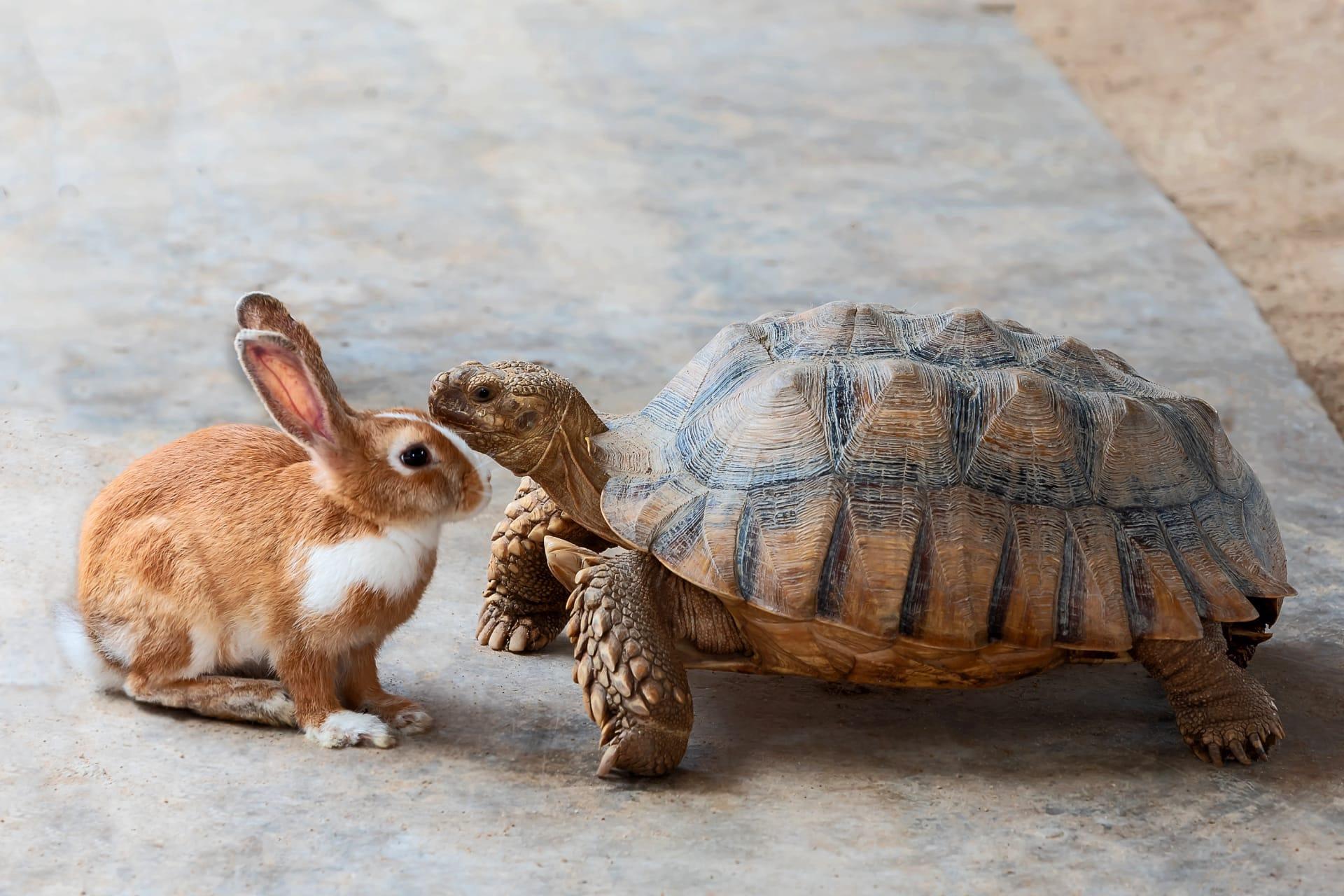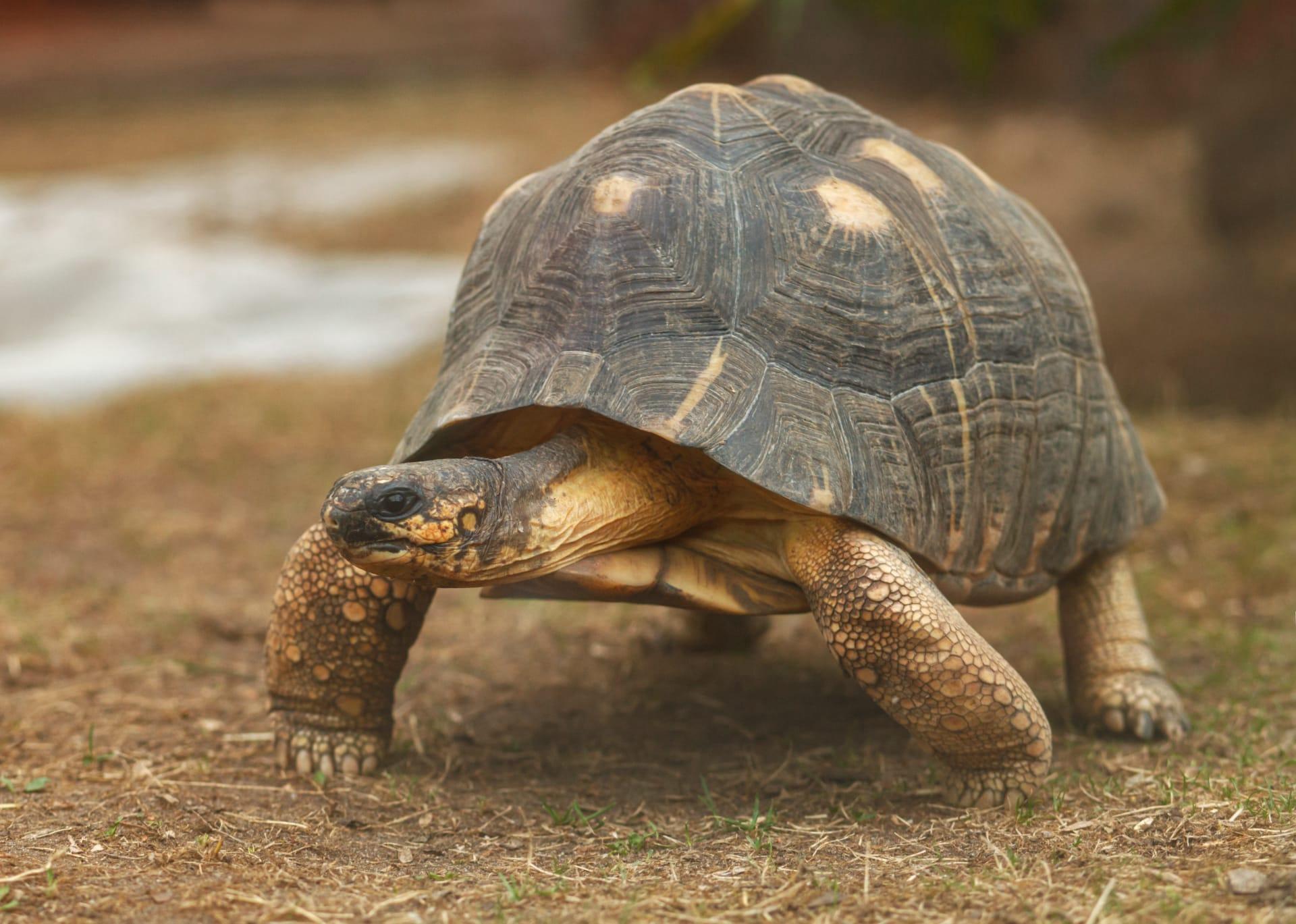Turtle
- Home /
- Mini Encyclopedia /
- Animal /
- Turtle
1
Turtles, fascinating creatures that they are, belong to the order Testudines, characterized by a special bony or cartilaginous shell developed from their ribs. This group is further classified into various families, such as Cheloniidae for sea turtles and Testudinidae for land dwellers. The order Testudines is ancient, tracing back to the time of the dinosaurs, over 200 million years ago. With over 356 known species, turtles showcase a remarkable diversity, ranging from the tiny speckled padloper tortoise of South Africa, measuring just a few inches, to the colossal leatherback sea turtle, which can span over 6 feet.
Turtles are found on every continent except Antarctica, adapted to a range of environments including deserts, oceans, and freshwater rivers. For instance, the red-eared slider thrives in freshwater habitats across the United States, while the majestic loggerhead sea turtles roam the Atlantic, Pacific, and Indian Oceans. Some species, like the impressive Galapagos tortoise, are confined to specific islands, showcasing a unique adaptation to their environments. The distribution of turtles is closely linked to climatic conditions, with most species preferring temperate or tropical climates for their survival.

2
Question: Do turtles come out of their shells?
Answer: Contrary to popular belief, turtles cannot leave their shells. The shell is a vital part of their anatomy, consisting of a carapace (top part) and plastron (bottom part), which are connected by a bony bridge. This bony structure is fused with the turtle's ribs and spine, making it an integral part of the turtle's body. The myth probably arose from cartoons and misunderstandings, but in reality, a turtle's shell is as much a part of them as our ribcage is to us. Moreover, the shell plays a crucial role in protection and body regulation, making it essential for their survival.

3
Turtles employ various survival strategies to thrive in their habitats. One key strategy is their slow metabolism, which allows them to survive long periods without food or water, particularly in harsh conditions. This adaptation is especially beneficial for species living in environments with fluctuating food availability. Turtles also use their shells for defense, retreating into them to protect themselves from predators. The color and shape of their shells often provide camouflage, blending with their surroundings to avoid detection. Additionally, many turtles have evolved specific behaviors for survival. For example, sea turtles undertake long migrations to lay eggs on the beaches where they were born, ensuring the continuation of their lineage in suitable habitats.
Reproductive strategies in turtles also vary, with some species laying dozens of eggs in one nesting season, while others lay just a few. Temperature-dependent sex determination is another fascinating aspect, where the temperature at which the eggs are incubated determines the sex of the hatchlings. This strategy helps maintain a balanced sex ratio within the population, crucial for their long-term survival.

4
In ecosystems, turtles play significant roles, often acting as key species in maintaining environmental balance. For example, in marine ecosystems, sea turtles graze on seagrass, which is crucial for healthy seagrass beds. This grazing helps maintain the seagrass beds, which are important breeding and development sites for many marine species. Similarly, in freshwater habitats, turtles contribute to water quality by feeding on dead material and helping to recycle nutrients.
The role of turtles extends beyond just ecological balance. They are indicators of the health of the environment. A decline in turtle populations often signals ecological problems, such as pollution or habitat destruction. Furthermore, turtles help in seed dispersal, especially terrestrial species that consume fruits and vegetables. This behavior aids in plant propagation and forest regeneration, highlighting their importance in ecosystem functioning and biodiversity maintenance.

5
Film: "Turtle: The Incredible Journey" is a remarkable documentary released in 2009 by the United States and the United Kingdom. It narrates the life cycle of a loggerhead turtle from hatchling to adult, capturing its incredible journey across the Atlantic Ocean. The film emphasizes the challenges faced by turtles, including predators and environmental hazards, providing a captivating and educational view of their life in the ocean.
Book: "The Secret Life of Turtles" by British author James R. Spotila, published in 2004, offers a comprehensive overview of turtle biology, behavior, and conservation. Spotila, a renowned biologist, combines scientific research with engaging anecdotes, making the book accessible and enlightening for both turtle enthusiasts and general readers.
Book: "Voyage of the Turtle: In Pursuit of the Earth's Last Dinosaur" is a compelling read by American author Carl Safina, released in 2006. The book delves into the world of sea turtles, focusing on their migrations, survival challenges, and the conservation efforts to protect them. Safina's narrative blends science with storytelling, creating a vivid and moving portrayal of these ancient mariners.